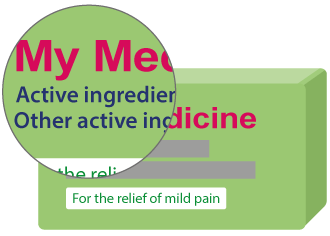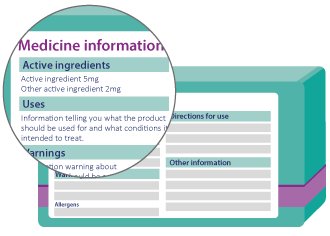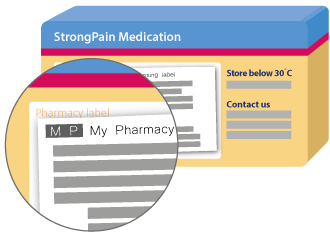Anyone who
works in manufacturing understands the importance of effective root cause
analysis (RCA), but very few organizations invest appropriately in this
skillset. There are a number of reasons, or rather excuses that we can identify
that contribute to this situation
There always seems to be time
to do the same job over and over
again, but no time to make sure it is done right the first
time.
1.
“We just don’t have the time for RCA”
This is a
common excuse in the manufacturing environment where fire fighting has become
the normal way of doing things. Specialists spend their time running from one
incident to the next, applying quick fixes to remove the symptoms before
rushing on to the next problem.
In this
environment, chances are that every member of the team is spending a good
portion of the day addressing issues that could be eliminated if an underlying
chronic condition within the infrastructure were resolved. There always seems
to be time to do the same job over and over again, but no time to make sure it
is done right the first time by eliminating the actual cause of the problem.
Statistics for
repeat incidents build a compelling case for the time and cost savings of a
good RCA capability within an organisation.
2.
The “Blame Culture”
It is
inevitable that root cause analysis will uncover problems in your
infrastructure that are the direct result of something incorrectly done—or not
done—in the first instance. When there is a culture of finger pointing and
blaming others, people may be reluctant to be involved in root cause analysis
efforts for fear of being blamed for creating an error.
This can be
avoided by concentrating on the process and not the people involved. It is also
important to put ground rules in place to stop the process from turning into a
witch-hunt. If people are concerned about being blamed, they are likely to
withhold crucial information and slow down or even prevent the identification
of the root cause.
3.
A Lack of Organizational Will
When complex
problems are difficult to resolve, management commitment and support is
required. This involves access to information, freeing up of resources, and
having an open mind to solutions. Without management support for tackling big
issues, the teams involved in root cause analysis will be pulled in other
directions, are likely to become frustrated, and will, in all likelihood, not
commit to the task of finding cause. Management must take the lead and assure
team members of that they are committed to finding true cause.
4.
Lack of Skills, Knowledge and Experience in RCA
Effective root
cause analysis requires a set of skills that may be lacking in the
organization. Without a specific RCA skillset, a specialized team will struggle
to find the root cause. It is likely to take longer, cost more, and be far less
efficient than it would be if the appropriate training had been provided.
Training and coaching in learning and applying RCA techniques removes this
barrier and ensures that time spent in problem solving is effective and
provides the results that are needed.
5.
Lack of Detail and Missing Data
When an
organization is in fire-fighting mode, the information collected is often
hurried and incomplete. It may be missing key facts that will aid in RCA. All
too often, incident and problem data that is collected lacks the depth of
information needed for a thorough assessment of the situation. When support
teams jump to solutions without systematically collecting and analyzing the
data, and if the selected solution eases the situation, little additional
information will be collected. This leaves the problem-solving teams starting
from scratch to investigate problems when many of the original details have
been forgotten and never recorded. This makes RCA much more involved and
difficult, bringing you back to the first point of not having enough time! It
is a “chicken and egg” situation. Standardized collection of information by
support staff will improve the success rate of your RCA initiatives.
An initial
investment in training teams to use RCA, integrating the use of RCA processes,
and removing some of the barriers to using RCA that are likely to exist in the
organization, can pay big dividends in the long term. There will be some
short-term pain in transitioning to effective root cause analysis as an
integral part of an organization’s capability. However, the value of RCA will
become evident as problems are efficiently and permanently resolved, and RCA
becomes an integral part of operational activities.
Author: Christian
Green
Critical
Thinking Facilitator leading clients across industries to complex issue
resolution:
www.gmpviolations.com
GMP News, GMP guidelines, GMP Violations, GMP warnings, GMP Trends.
A Public Health Global News Portal
(This story has not been edited by GMP Violations staff and is auto-generated from a syndicated feed.)
Disclaimer: The Logos/Images posted here are belongs to respective to Authority / owners of firm.





































